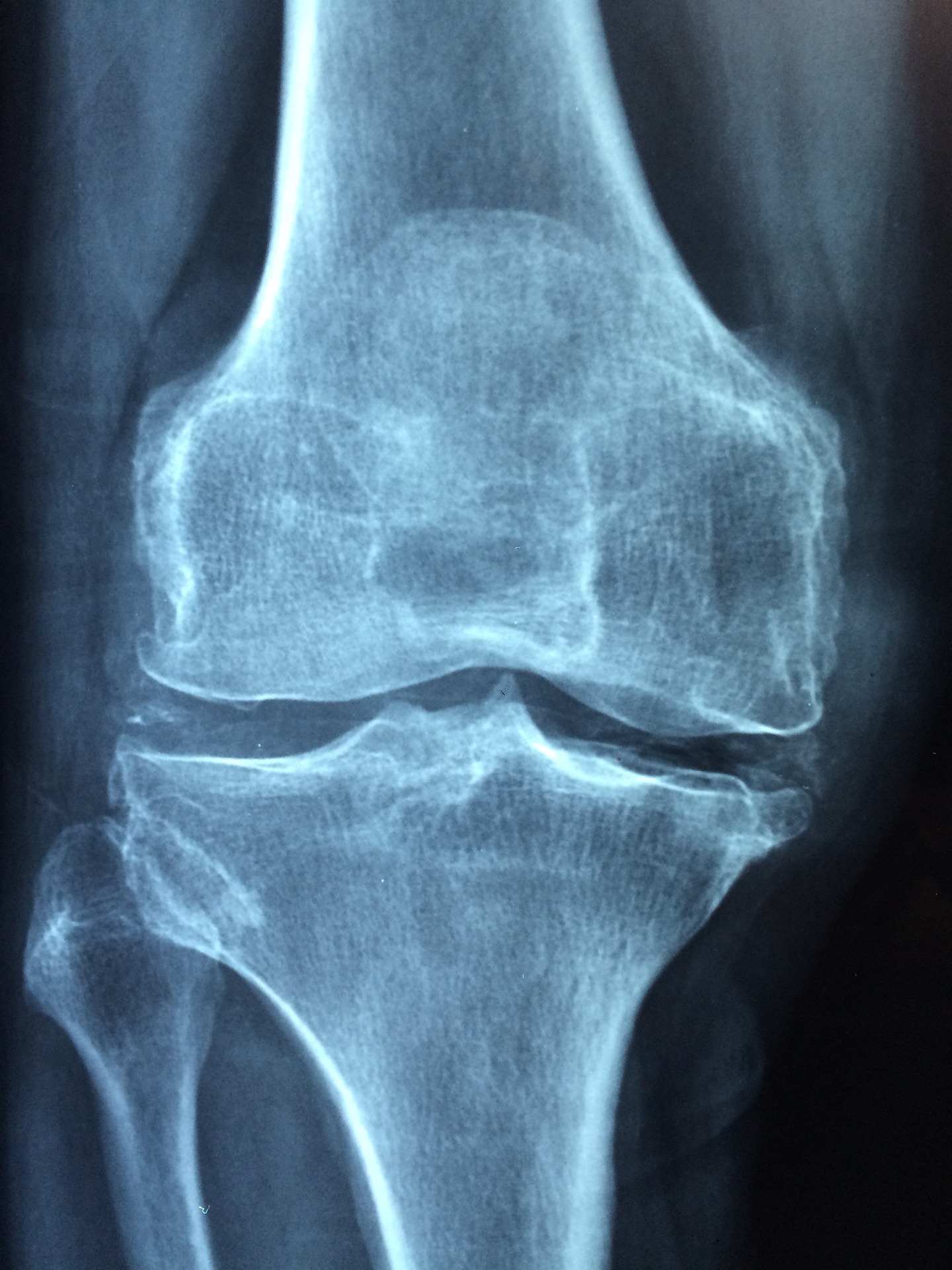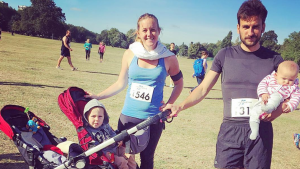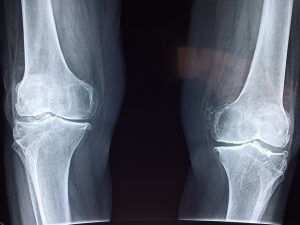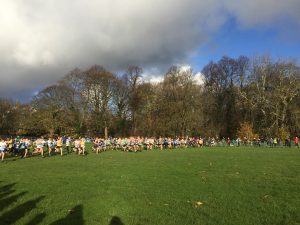The myth that running is bad for your knees is gradually being dispelled – thank goodness! But, just because the evidence shows that running doesn’t wreck the knee joints of the average recreational runner, it doesn’t mean that we don’t need to take steps to care for our bones. There’s plenty we can do to look after our bones and this is important if we want many years of happy running ahead of us.
A good place to start is to read last week’s blog How Does Running Help Bone Strength? This explains how bone is constantly being made and broken down by our body and how the act of running increases the strength of bones.
If you’re peri or post menopausal then it’s a really good idea to think about your bone health. You’ll be losing bone mass more rapidly than when you were younger. I cover this in detail in my book Sorted: The Active Woman’s Guide to Health but essentially, if you think you may be at an increased risk of developing osteoporosis (a condition where bone mass is low and bones fracture easily) then have a chat with your Practice Nurse or GP to discuss whether you need to have any investigations or take any action to minimise your risk.
I promised some extra tips on how to look after your bones. Here are my 8 Tips for looking after your bones when you’re a runner.
- Run regularly. Bones react to stress and the impact of your foot hitting the ground sends a jolt through the bone which encourages it to strengthen itself. Getting into the habit of running regularly will give your bones the nudge they need.
- Strength train. The act of the tendon tugging on the bone when you work a muscle against resistance stimulates it to make new bone. Strengthening the muscles around a joint will also help to reduce impact on the bone. For example, strong muscles around the knee joint will absorb some of the force of impact. Plyometric training where you skip, jump, bound and hop is great for building bone strength.
- Increase training gradually. Whether it’s frequency, duration or intensity of training, it pays to allow time for the bones to adjust to greater demands. Build up slowly. You can have too much of a good thing!
- Allow sufficient rest. Rest is vital. This is when the bones repair, remodel and reinforce themselves. Skimp on the rest and you can pay a heavy price. You will probably find you need more rest as you get older and your repair processes slow a little.
- Prioritise good running technique. Running with good posture and alignment will ensure your joints are subjected to forces in the direction that they were designed for! Consider running gait analysis to help you choose the right running shoes for you. Don’t run when injured as it can affect your gait. Seek advice from a physiotherapist experienced in helping runners if you feel your biomechanics aren’t spot on.
- Get off road. There’s nothing wrong with road running but you might want to consider hitting softer terrain such as grass or trail from time to time especially if you run high mileage. This will help avoid excessive impact but will also help to work and strengthen the smaller muscles in your feet and legs.
- Eat well. Make sure your body has the energy it needs to fuel your running. Energy deficiency can have a negative effect on bone health. Take a daily vitamin D supplement and make sure you eat calcium rich foods such as dairy foods and leafy green vegetables- there’s no need to take a supplement. Stick to recommended levels of alcohol (oh and don’t smoke).
- Don’t ignore pain. If you’re getting pain in a bone during and after runs, get it checked out, particularly if there is any swelling or tenderness. Stress fractures are common – read my blog, How do I know if I’ve got a stress fracture? It doesn’t mean an end to your running but you need proper rest and rehabilitation.
Following these simple steps will help you maintain good bone health and keep running for many years to come.
If you’ve enjoyed this then I think you’ll enjoy my book, Run Well: Essential health question and answers for runners, published by Bloomsbury and available from all good booksellers.
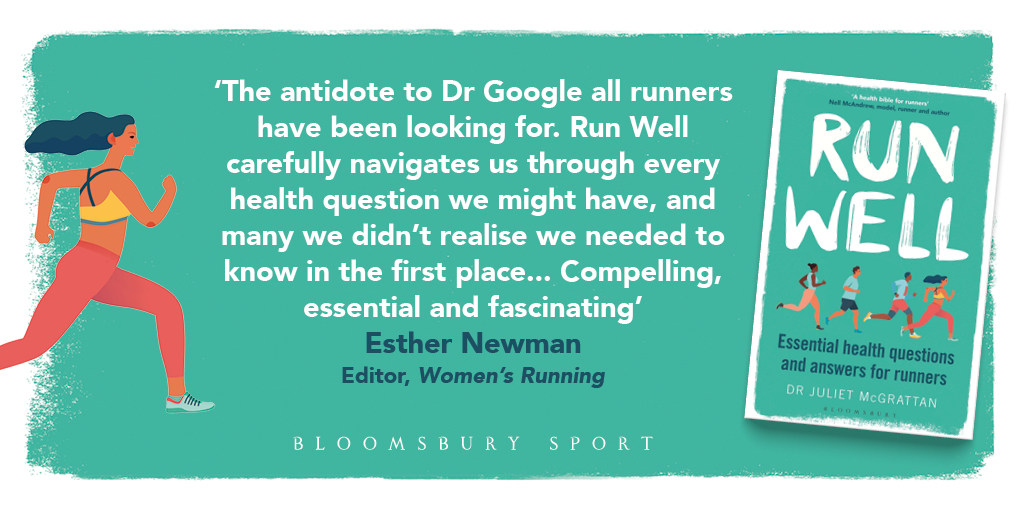
Featured Image by Dr. Manuel González Reyes from Pixabay

